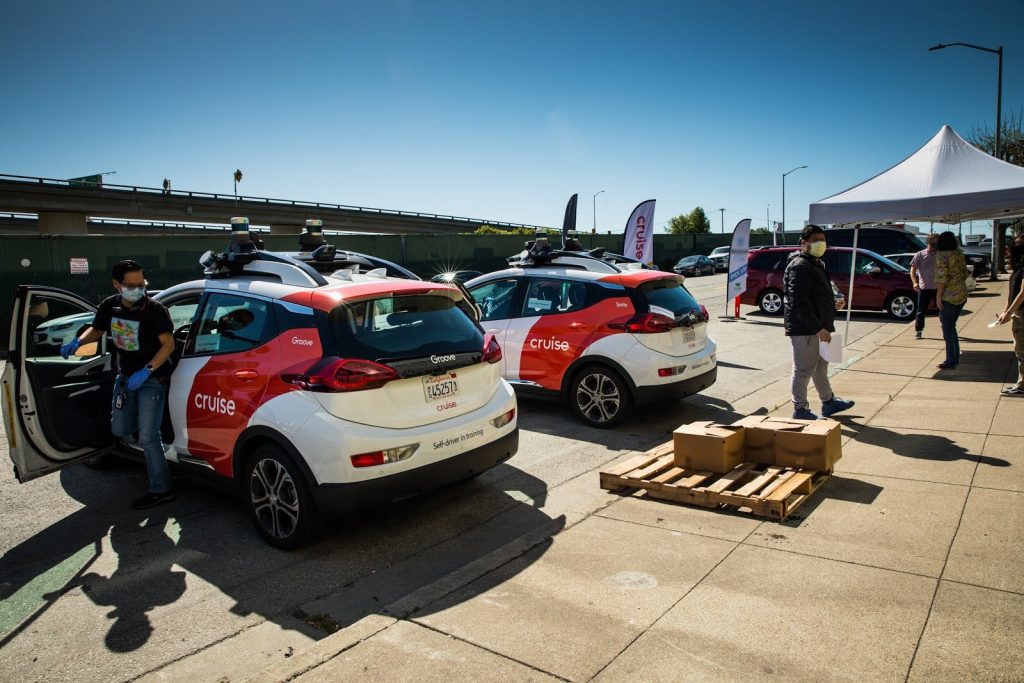GM’s autonomous vehicle unit Cruise is on the hook for a $500,000 fine for filing a false report to the Justice Department regarding an accident in October where a pedestrian was run over.
GM’s Cruise division faced harsh scrutiny when one of their autonomous vehicles ran over a pedestrian in October after that pedestrian was hit prior by a human-driven car. The Cruise branded vehicle dragged the pedestrian for over 20 feet before it came to a stop. The dangerous incident forced the company to temporarily stop service and make significant changes before it was allowed to slowly resume service after making numerous revisions to the way their vehicles operated when being used as a taxi.
The company is now on the hook for $500,000 after it admitted that it filed a false report with the Department of Justice in an attempt to influence the federal investigation into the October incident.
Cruise caught in a mess of its own creation

Cruise omitted details from its data on an incident in San Francisco where a Cruise vehicle hit and dragged a pedestrian.
The web of deceit that led the company to this point occurred during the investigation into the October accident in San Francisco when the firm didn’t immediately reveal to regulators that the vehicle dragged the pedestrian after initial contact. This omission will now cost the firm dearly with the DOJ ordering the company to pay $500,000 for not promptly revealing the information to regulators in an ill-fated attempt to influence the course of the federal investigation.
The fine is the latest in a string of recent financial penalties that the company has had to pay to the government with the firm also paying a separate $112,500 fine to the California Public Utilities Commission and a massive $1.5 million dollar penalty to the NHTSA with the Securities and Exchange Commission also investigating the company. In addition to the fine, the agreement that Cruise reached with the DOJ forces the firm to cooperate in all government investigations, implement a safety compliance program, and provide the U.S. Attorney’s Office with annual reports on implementation and remediation.
“Cruise will comply with the requirements set forth in the agreement, as we continue to move forward under new leadership and with a firm commitment to transparency with our regulators,” Craig Glidden, president and chief administrative officer at Cruise, said in a statement.
More Cruise Stories
- Cruise Scales Back — Delays Debut of Origin Robocab
- Cruise CEO Vogt Issues Apology, Resigns in Wake of Near-Fatal Crash
- GM Recalling 1,200 Cruise Robotaxis to End U.S. Safety Probe
Cruise is skating on thin ice
The agreement also shows that the company is on thin ice with authorities and that if it messes up, it will face more penalties. “Today’s deferred prosecution agreement holds Cruise and its employees accountable for their lack of candor in a federal regulatory compliance action,” Cory LeGars, special agent-in-charge at a U.S. Department of Transport oversight agency, said in a statement.
If Cruise fails to uphold its end of the bargain, the government can proceed with its case against the company which will include prosecution of employees and other parties that it feels were responsible for Cruise failing to promptly report its data to authorities. Parent company General Motors were also not pleased with Cruise’s actions and took a firmer approach in controlling the company while also slashing the firm’s expenditures by laying off 24% of its workforce which included the resignation of much of its top leadership including co-founder and CEO Kyle Vogt.
Despite all of this though, Cruise is still attempting to launch a comeback with the company recently relaunching a revamped version of its service in Dalla, Phoenix, and the Bay Area with the firm also inking a separate deal with Uber to bring their vehicles to the ride-hailing app beginning in 2025.









GM must have better lawyers, they pay 1/2 million and Ford pays 165 million.